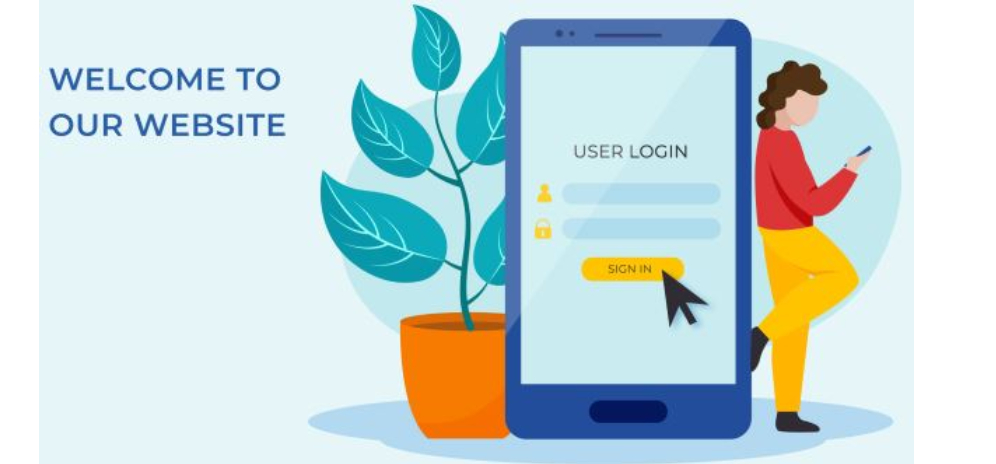
In today’s digital age, mobile devices have become an integral part of our lives. People rely heavily on their smartphones and tablets to browse the internet, shop online, and access information on the go. As a result, it is crucial for businesses to prioritize mobile users when designing their websites. In this blog post, we will explore the concept of mobile-first design and discuss how it can optimize websites for mobile users, ultimately enhancing the user experience and driving business success.
Understanding Mobile-First Design
Mobile-first design is an approach to web design that prioritizes the mobile user experience over the desktop experience. Instead of designing for desktop screens and then adapting it for mobile devices, mobile-first design involves creating a website starting from the smallest screen size and progressively enhancing it for larger screens. By adopting this approach, businesses can ensure that their websites are optimized for the majority of users who access the internet through mobile devices.
Benefits of Mobile-First Design
a. Improved User Experience: Mobile-first design focuses on simplicity, readability, and easy navigation, resulting in a seamless and intuitive user experience for mobile users. Websites designed with mobile users in mind are easier to navigate, load quickly, and display content in a user-friendly manner on smaller screens.
b. Increased Mobile Traffic: With the increasing prevalence of smartphones, mobile traffic has surpassed desktop traffic. By prioritizing mobile users, businesses can tap into a larger audience and increase their chances of attracting and retaining visitors.
c. Enhanced SEO Performance: Search engines like Google have recognized the significance of mobile-friendly websites and now prioritize mobile-optimized sites in their search results. By adopting a mobile-first design approach, businesses can improve their website’s visibility in search engine rankings, leading to increased organic traffic.
d. Competitive Advantage: In today’s competitive digital landscape, businesses that provide an exceptional mobile user experience gain a significant edge over their competitors. Mobile-first design allows companies to stand out by delivering a seamless and visually appealing experience that keeps users engaged and encourages them to return.
Key Elements of Mobile-First Design
a. Responsive Design: Building a responsive website that automatically adapts to different screen sizes and orientations is crucial for mobile-first design. This ensures that the website looks and functions optimally across various devices, providing a consistent experience for users.
b. Streamlined Content: Mobile screens have limited real estate, so it’s essential to prioritize and streamline content for mobile users. Eliminate unnecessary elements, use concise and scannable text, and optimize images and videos to ensure fast loading times.
c. Touch-Friendly Interactions: Mobile users interact with websites through touch gestures, so incorporating touch-friendly elements like large buttons, optimized forms, and easy navigation menus is vital. This enhances usability and minimizes frustration for mobile users.
d. Fast Loading Speed: Mobile users have shorter attention spans and less patience for slow-loading websites. Optimizing images, leveraging caching techniques, and minimizing HTTP requests are a few ways to improve loading speed and ensure a smooth experience for mobile users.
Conclusion
In the mobile-first era, designing websites with mobile users in mind is no longer an option but a necessity. By prioritizing mobile-first design principles, businesses can provide an exceptional user experience to their mobile audience, improve their search engine rankings, and gain a competitive advantage. Remember, optimizing websites for mobile users not only benefits the users themselves but also contributes to overall business growth and success in the digital landscape.













































Recent Comments